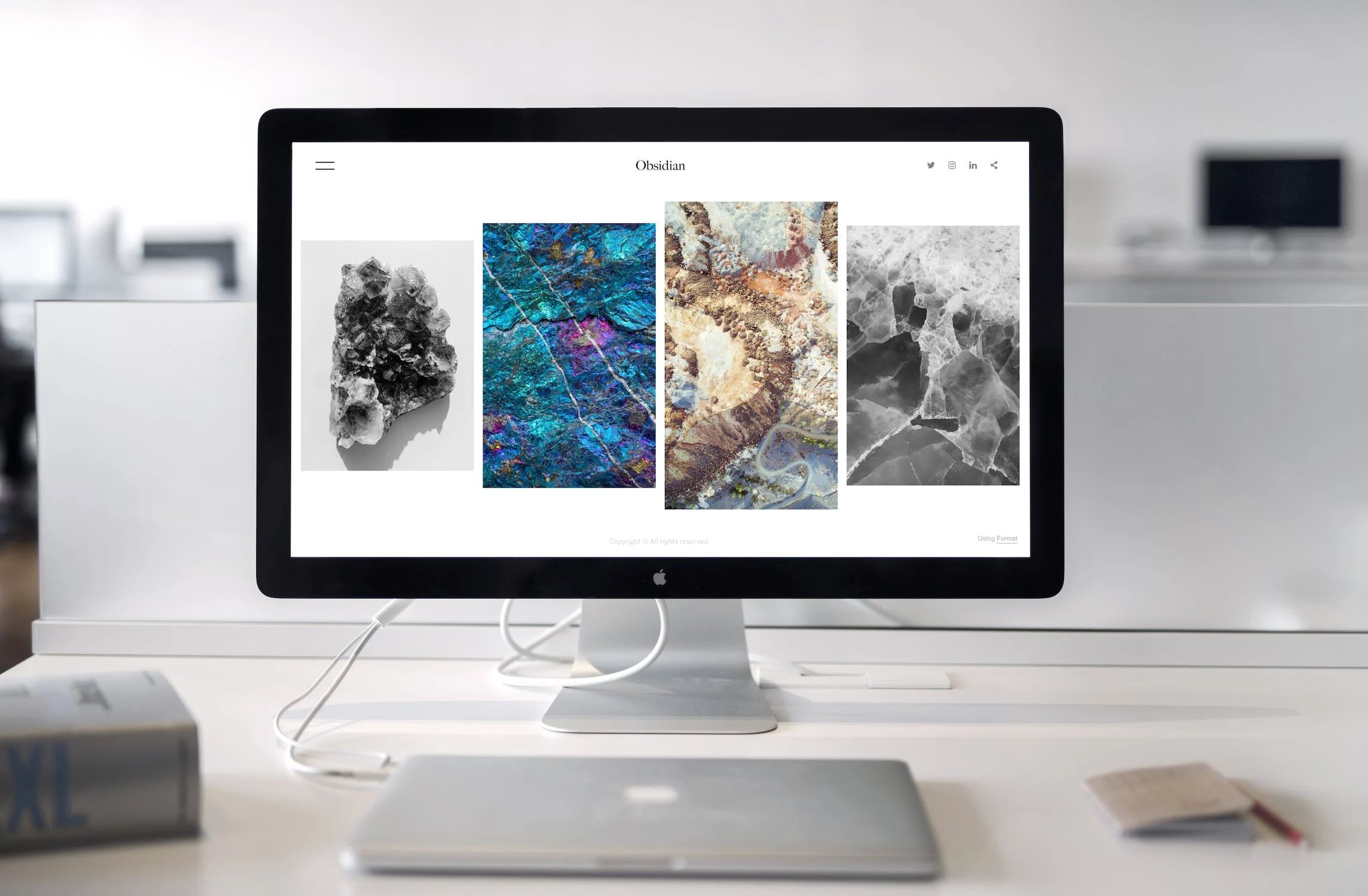
25 Apr FUTURE TRENDS IN COMPUTER AND PC MONITORS, DISPLAYS, AND VIDEO SCREENS
Computer (PC) monitors, displays, and video screens have come a long way since the advent of cathode ray tube (CRT) technology. Looking ahead, as the world evolves, these display technologies are also poised to undergo massive updating and revision in the years to come. Curious what comes next in terms of the future of monitors, displays, and video screens? We’ve got you covered.
Already, for example, you’re seeing the shift towards higher resolution displays. To one extent, high-definition (HD) displays have become the norm, and many monitors and displays now feature 4K or even 8K resolution. But as video content continues to become more immersive, monitors will need to continue to evolve to keep up with these demands. This could lead to even higher resolution screens in the future, as well as advancements in color gamut and brightness.
I’m also stoked to see growing use of flexible and foldable displays. These forward-thinking screens use technology like organic light-emitting diodes (OLEDs) to create screens that can bend and flex, allowing for new form factors and applications. For example, foldable smartphones and tablets are becoming increasingly popular, and this technology could also be used to create curved or flexible monitors for desktop computers or other devices.
Then there are advancements in augmented reality (AR) and virtual reality (VR) technologies to weigh in on here. They’re basically empowering more immersive and interactive experiences, and displays will need to continue to evolve to support these applications. Think larger screens with higher refresh rates and lower latency, as well as more specialized displays designed specifically for use with AR and VR applications.
MicroLED technology is on the rise too. Supporting displays use tiny, self-emitting pixels to create bright, high-resolution images. These displays offer several advantages over traditional LED displays, including higher brightness and contrast, better color accuracy, and lower power consumption. While microLED displays are still in the early stages of development, they are only anticipated to become more widely available in the years to come.
Like in other fields, artificial intelligence (AI) is revolutionizing the space too. That’s because (yay!) AI algorithms can be used to optimize display performance, such as automatically adjusting color temperature or brightness based on ambient lighting conditions. Automated utilities can also be used to improve user interfaces and make displays more intuitive and user-friendly.
Finally, the future of monitors and displays may also be influenced by advances in materials science. For example, researchers are exploring new materials like graphene and carbon nanotubes that could be used to create screens that are thinner, lighter, and more durable than current technologies. Such components could also lead to displays that are more energy-efficient and have longer battery life.



